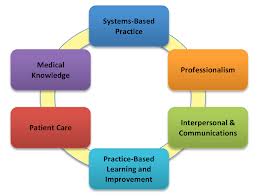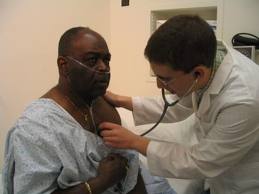
One of the biggest concerns of prospective medical students is figuring out how to pay for a medical education. Let’s face it: medical school is expensive and costs increase each year. Thinking about the cost of medical school and the debt burden that students might accumulate can be overwhelming.
There are ways to control costs, however. Focusing on public school(s) in the state of residence is the easiest and most obvious way to lower tuition cost; public schools typically charge much less than private schools. There are also scholarship and loan repayment programs for medical students who wish to go into primary care.
Premedical students should be mindful of the cost of a medical education and educate themselves on the relative cost of various schools. One way to gauge this is to look at the average debt burden of graduating students. Bear in mind that some of this data may be flawed: students who are less affluent may enroll in these schools, meaning that they may have to take out loans for a larger portion of the cost—it doesn’t necessarily mean that these schools cost more than others. But this list is a good starting point for digging down into the data and assessing the various costs and pros/cons of one school vs. another. Here is a list of the top 10 schools which graduate students who accrue the most debt. It’s interesting that of the top 10 schools, 7 are osteopathic schools. Of allopathic schools, Temple University is at the top of the list.
1. West Virginia School of Osteopathic Medicine = $272,742
2. University of New England School of Osteopathic Medicine = $231,664
3. Western University of the Health Sciences (Osteopathic School) = $218,461
4. Touro University California (Osteopathic School) = $210,000
5. Temple University = $208,122 Continue reading →









